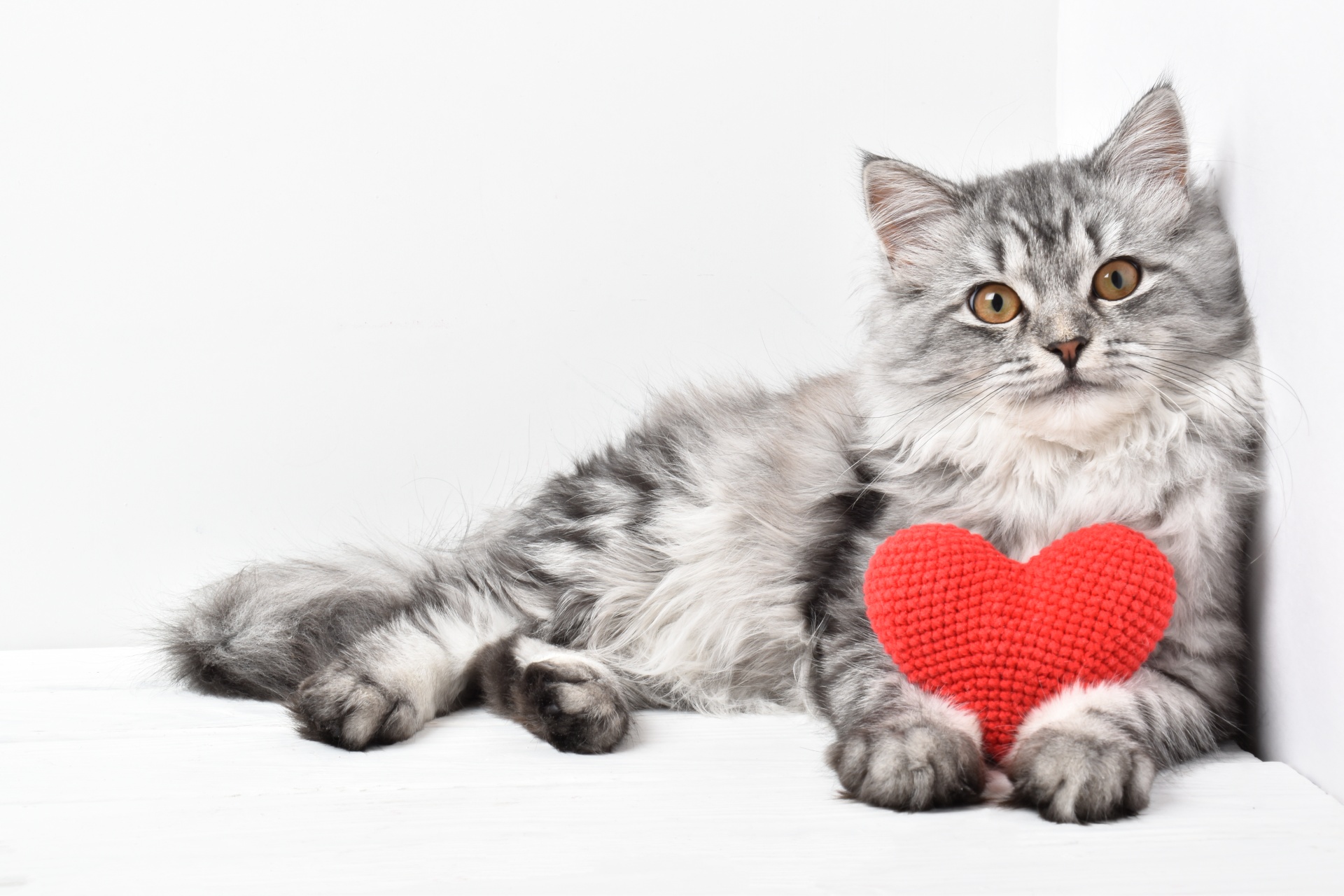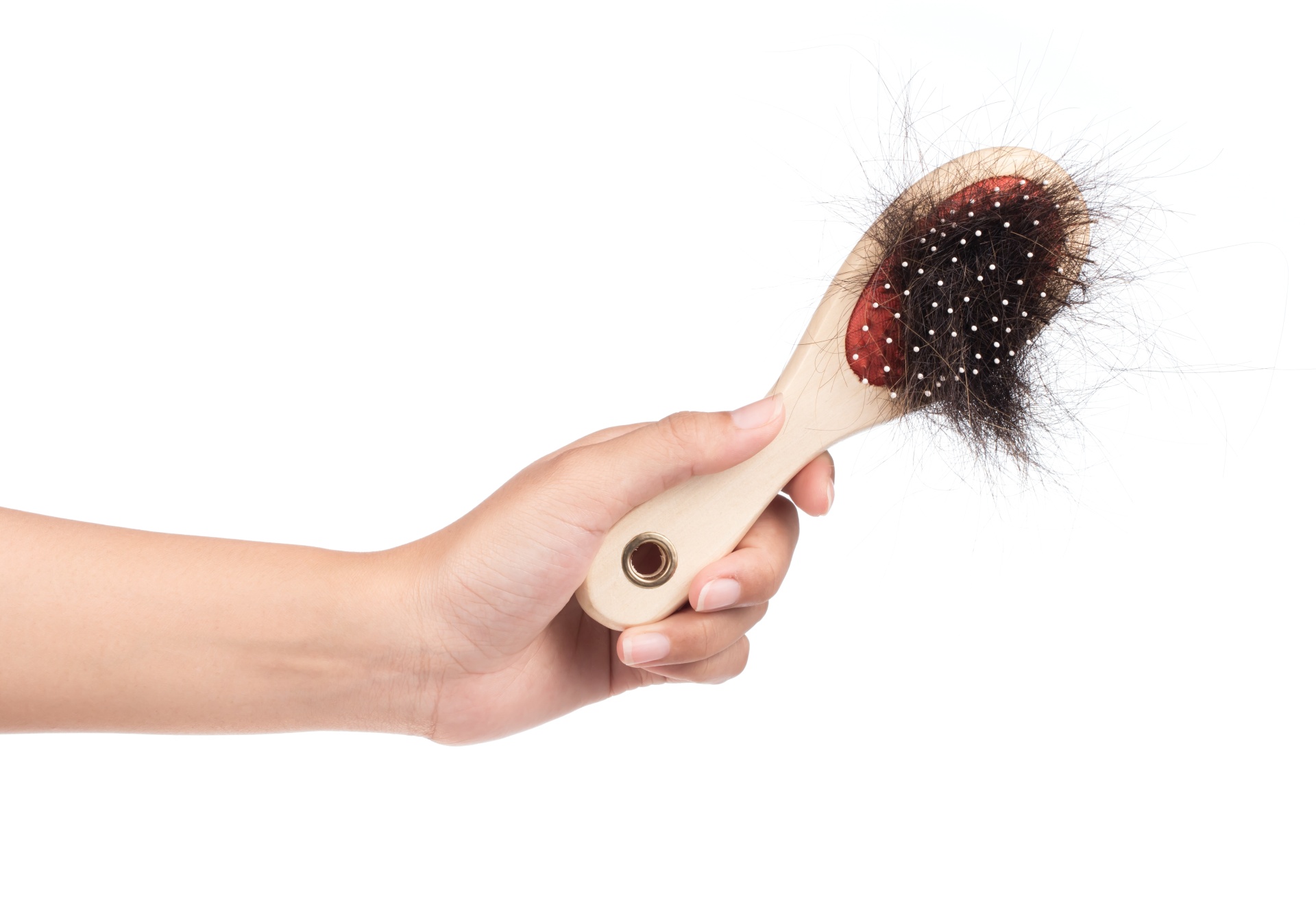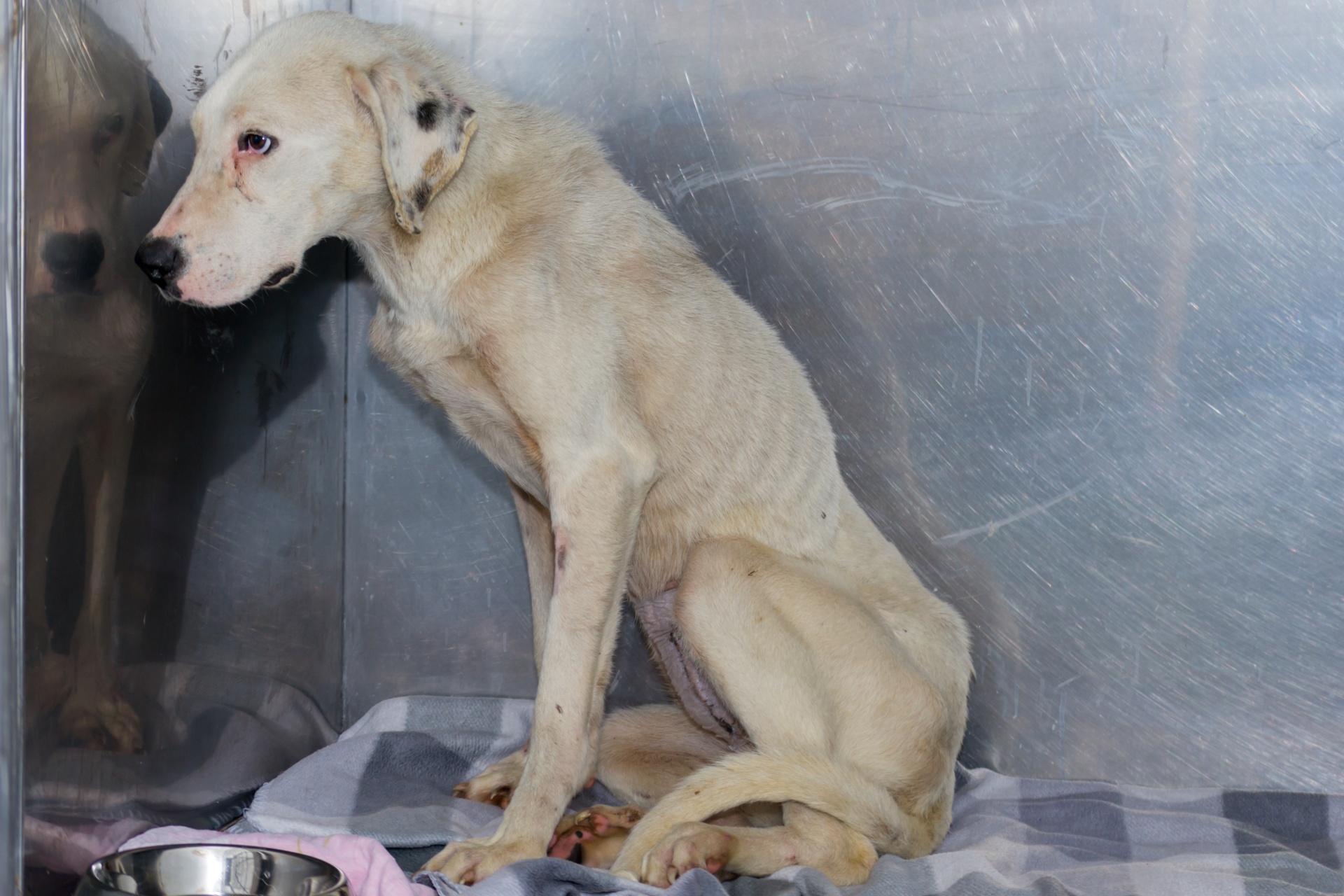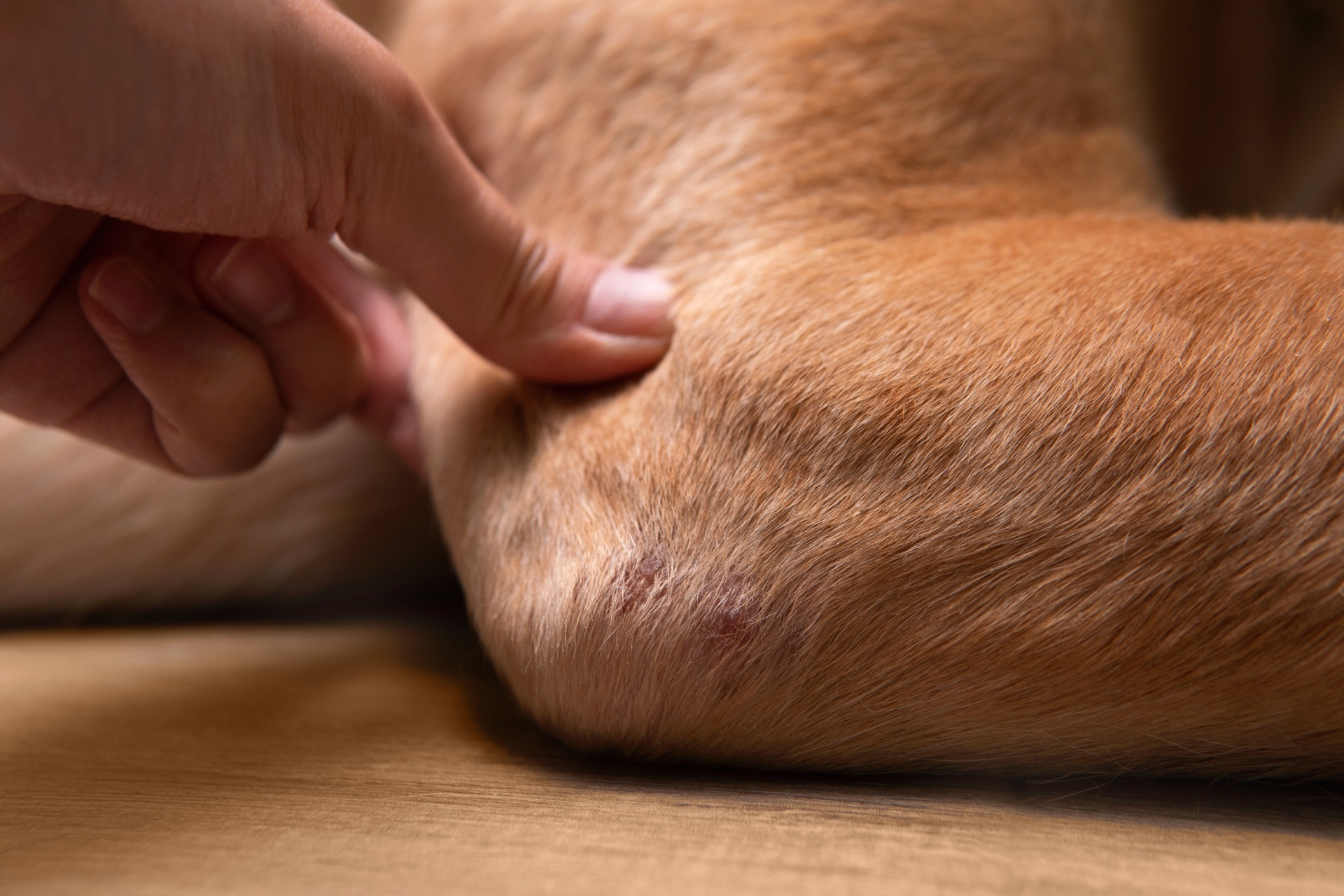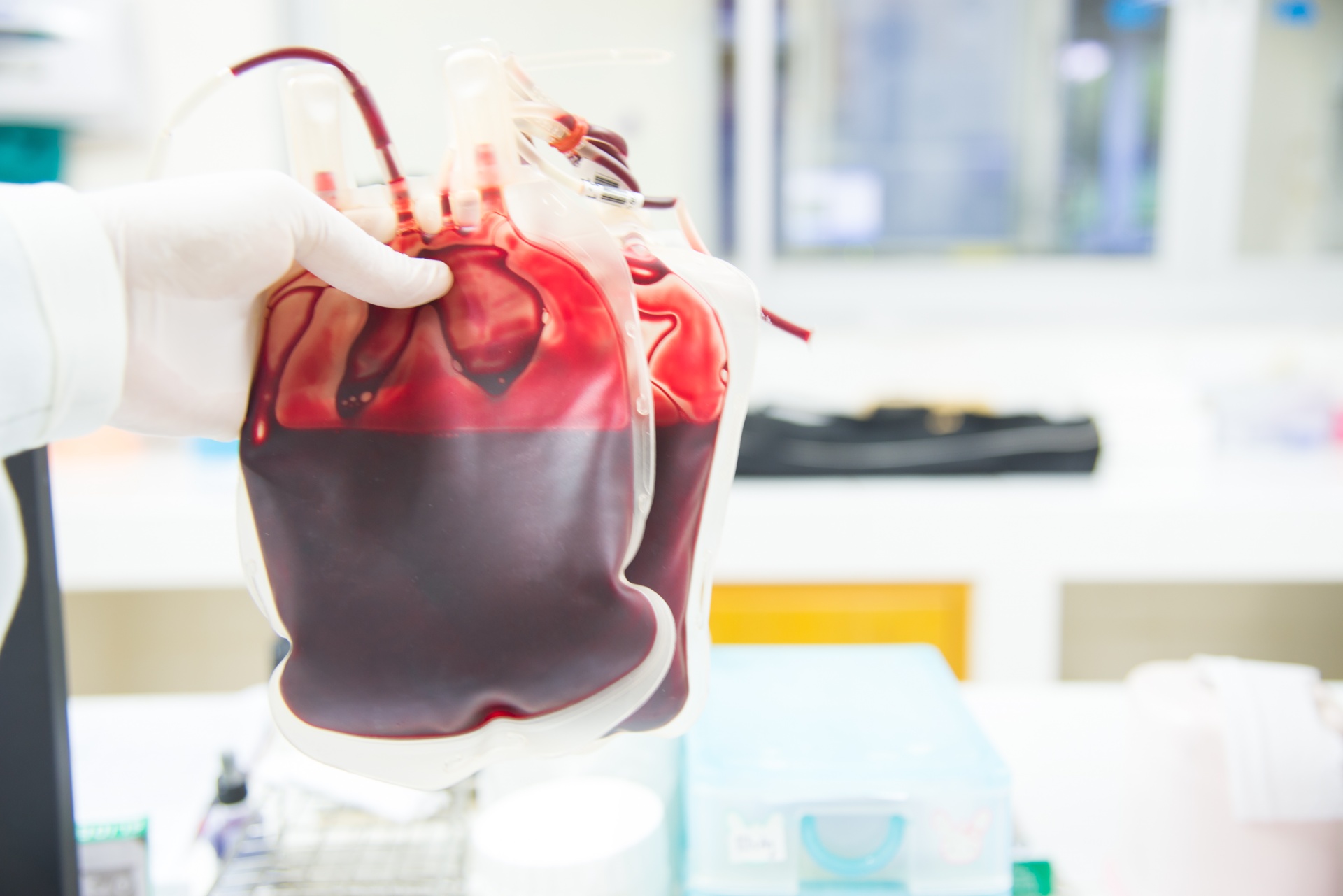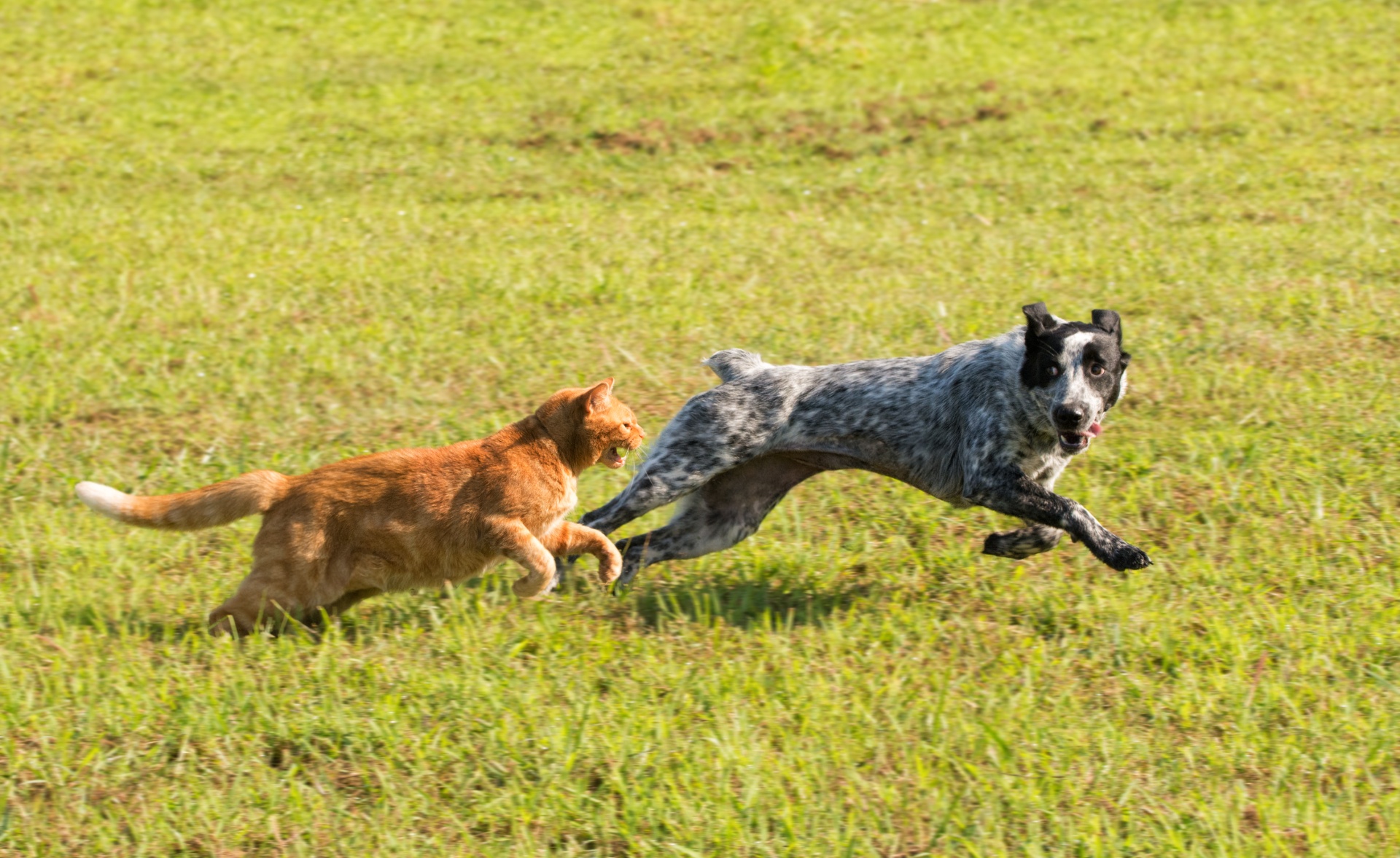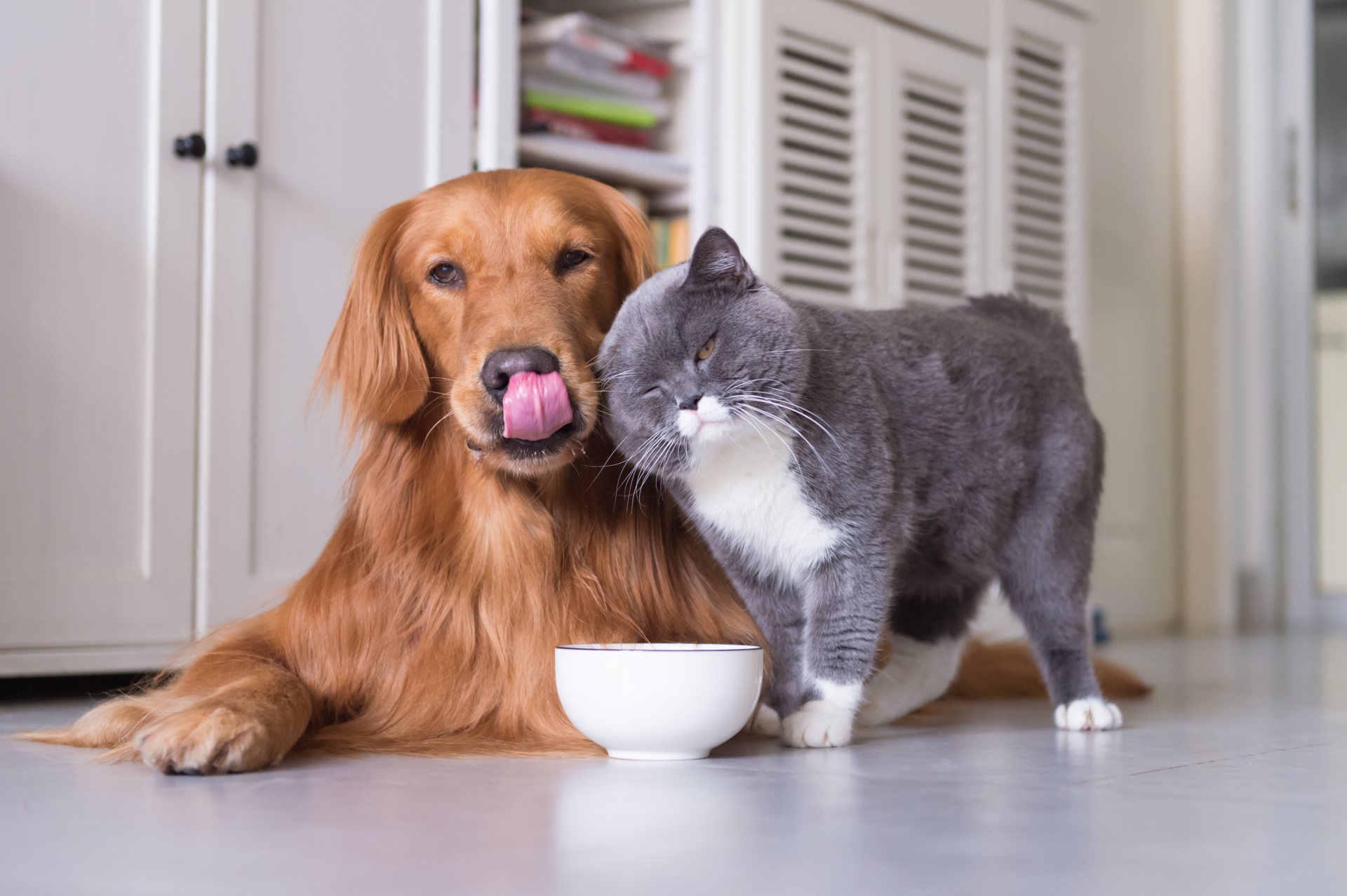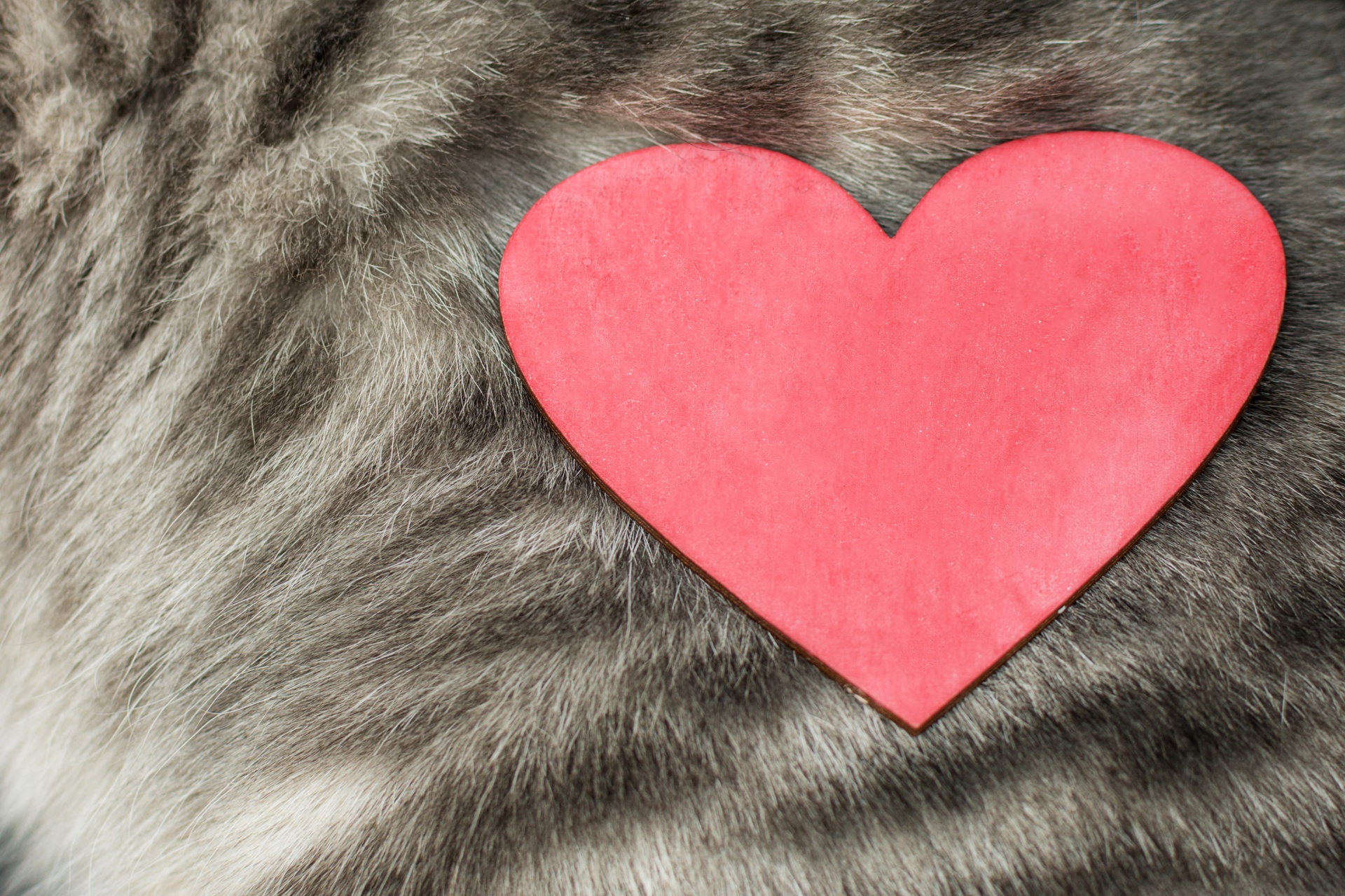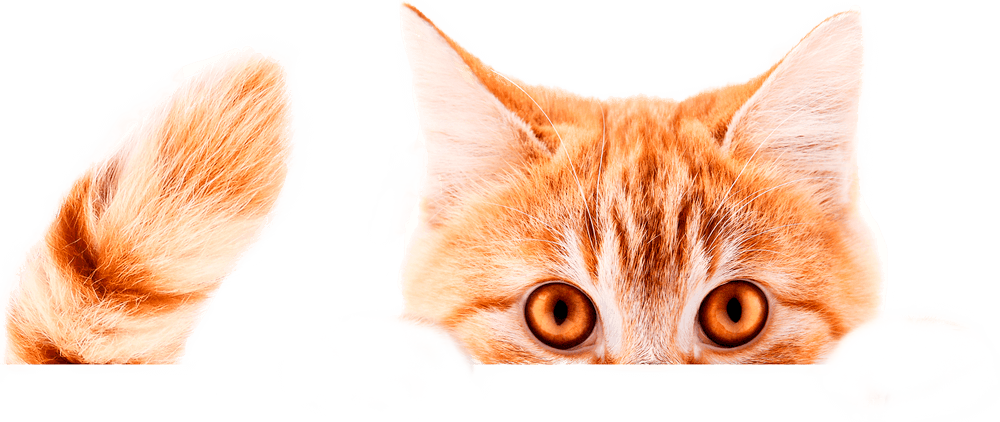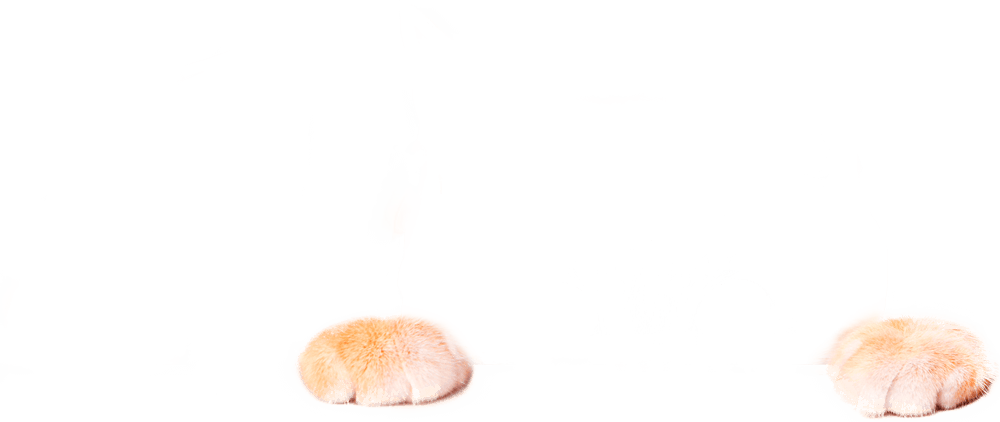Enhanced longevity of domestic cats requires more specific care to maintain their health and quality of life.
Cats are circumspect animals capable of disguising sensations and discomforts as an instinctive strategy. With the enhanced longevity of pets, cat owners have been following more closely the feline's aging, a natural process that requires some specific care.
As healthy as it may be, the aging process brings with it several physiological and behavioral changes to which the pet owner must adhere and understand. To expand on the subject, Alexandre Daniel, a veterinary doctor, specialist in feline medicine, gave some important tips for the quality of life and welfare of senior cats:
1 - Visits to the Veterinary Doctor
To ensure a pet’s healthy aging, it is important to increase the frequency of visits to the vet to at least one visit every 6 months, especially for cats over 10-12 years of age. This because, in this age range, the pets undergo some changes, such as decreased muscle mass (sarcopenia), reduced visual and auditory acuity, less thirst and a greater tendency to dehydration, as well changes in digestive metabolism, which may require changes in diet. Not to mention cognitive changes (the cat’s Alzheimer) that can be mistakenly confused with disease processes, since they promote behavioral changes in the animal.
Some diseases cause changes similar to those observed in the natural aging process, so it is important that a competent professional follow up the pet continuously. The early detection of problems allows interventions and specific monitoring intended to improve the animal’s expectancy and quality of life.
2 – Increased attention to the most common diseases in elderly cats
More than half of cats over 14 years of age have chronic renal disease, most often with subtle early symptoms almost unnoticeable to owners. Observing the animal's routine, both water intake and urinary frequency, is extremely important in this age range.
About 90-95% of cats over 12-14 year old present joint diseases, which is their most common cause of pain. Main symptoms include changes in mobility and home behavior.
3 – Major changes in elderly cat behavior
Some cognitive changes are frequent in this age range, as well as changes in the sleep cycle. Even so, healthy, pain-free cats are expected to maintain their routine activities and natural home behavior. Elderly, healthy cats also scratch, stretch, jump and play!
4 – Avoid changing the environment
Cats are routine animals, so keeping the home as they are used to is key for maintaining the serenity of the elderly feline, mainly in the presence of lower visual acuity.
In cases of pets with decreased mobility due to osteoarticular pain, it is important to adapt the house, to facilitate the access to the litter boxes and food and water bowls. Windows, eaves and other locations frequently used by the cat should also be adapted so that the animal can maintain its routine and natural behavior.
5 – Balanced diet
Chronic gastrointestinal disorders are commonly seen in the medical clinic with senior animals. Hence, it is of utmost importance to adopt a balanced diet, as recommended by the veterinary doctor. In some cases, the use of specific supplements properly prescribed by the feline's vet can be important adjuvants for the pet's healthy aging.











